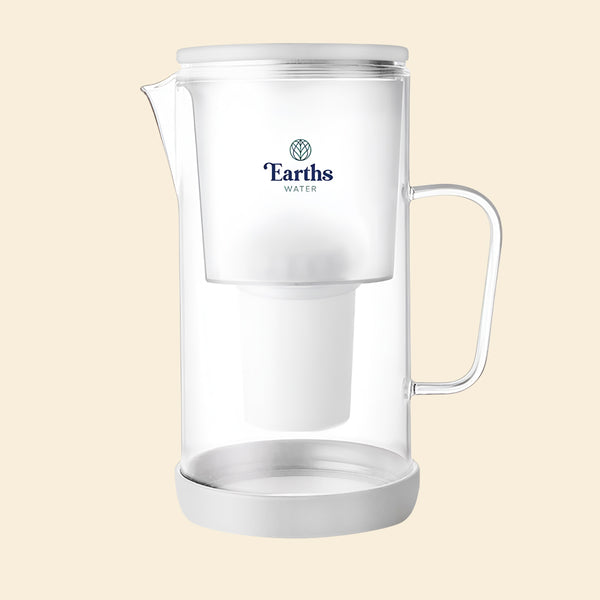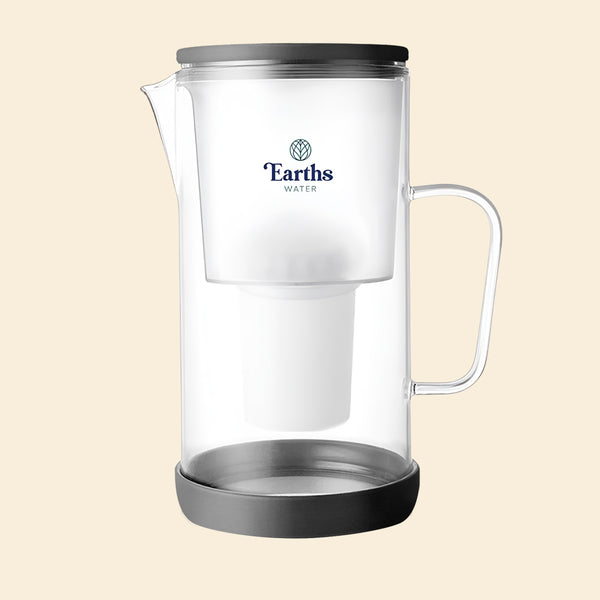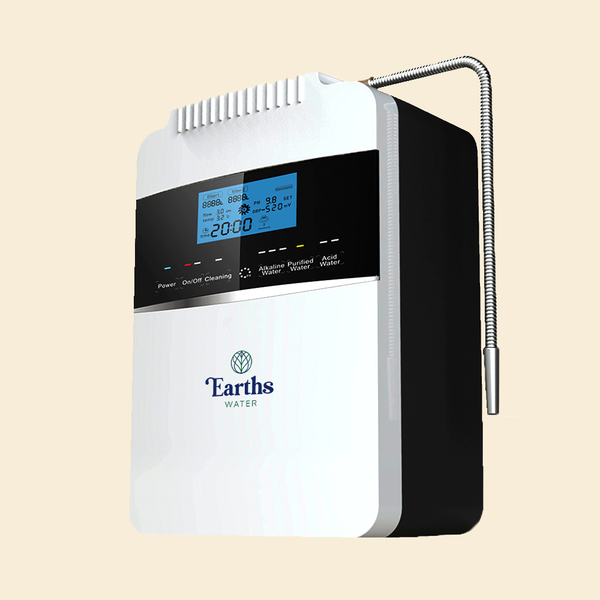Water is a natural resource supplied by Mother Nature to keep us alive and well. Thus, in a perfect world, it would be nice to think that tap water is entirely safe to use.
Sadly, this is not the case.
Tap water defined

Tap water has a pretty simple definition. It refers to water directly obtained from a tap or a faucet. This type of water has not undergone any other treatment such as distillation or purification.
How does tap water taste?

Most of the time, drinkable tap water has a clean and pleasant taste. However, there are cases when tap water can taste quite unpleasant.
Here are five of the most common complaints about tap water - taste-wise.
Bitter and metallic
Long-term exposure to standing water can leave pipes made of iron, copper, and galvanised metal with a very unpleasant taste. Large buildings or structures with extensive pipes tend to have this issue more frequently.
Chemical
When little amounts of compounds dissolve in water and come into contact with rubber or plastic pipes, the water frequently acquires a chemical flavour. It can also happen when variations in water pressure cause the rubber hoses connected to washing machines to expand.
Chlorine
Although chlorine is completely safe and is used to get rid of dangerous bacteria, it can produce an unpleasant chemical taste when it interacts with materials found in tap washers, kettle seals, and splash guards.
Diesel or petrol
One-off incidents involving an oil or fuel leak that occurs close to plastic supply pipes can result in this flavour. If you recently had home improvement work, have had recent oil leaks, or own an oil-fired heating or storage tank, it may have occurred in your home.
Musty or earthy
Algae, bacteria, or other organic materials present in your water supply are typically to blame for an earthy or musty flavour in your tap water. Additionally, it can happen if water is left standing in your home's pipes or when it flows through peaty terrain like moorlands.
What's in your tap water?
Don’t be deceived by clean-looking tap water. While your tap water may look pristine at first glance, a microscopic look would reveal lots of harmful contaminants such as pesticides, lead, and industrial pollutants. 
Here are more pollutants you can find in your tap water:
Aluminium
Given that increased levels of aluminium have been discovered in the autopsied brains of patients who had Alzheimer's disease, there are unanswered linkages between human exposure to aluminium and the development of the disease.
An aluminium anode rod will probably be utilised to extend the life of the hot water tank if your hot water comes from one. Therefore, you should never drink or cook with hot water from the faucet since aluminium ions may be present.
Arsenic
Groundwater typically contains arsenic, a naturally occurring metalloid compound. Residential tap water may include this chemical due to industrial or agricultural pollution or a private well.
When used in potentially harmful doses, it can have negative health effects, which are the following:
- Paralysis
- Tingling in the hands and feet
- Diarrhoea, stomach pain, and vomiting
- Skin coloration issues
- Blindness
Chlorine and Chloramine
Added to tap water to presumably kill dangerous germs, the use of chlorine in the water supply raises a lot of health issues.
First, it makes the water more acidic (lowers pH), which accelerates the leaching of heavy metals like copper and lead. It eliminates gut bacteria, which are crucial for the functioning of your immune and digestive systems. Last but not least, it reacts with organic material to form cancer-causing trihalomethanes, such as leaf litter in rivers.
According to studies, drinking tap water is directly linked to colon, kidney, and bladder cancer as well as infertility and miscarriage.
Because of this, the majority of European nations do not chlorinate their water supplies, choosing instead to use more secure substitutes like ultraviolet light (UV) and ozone treatment.
Copper
You can tell the presence of copper pipes if your water or tub ring initially seems to be a bluish-green colour. Low amounts of copper may result in tiredness, irritability, headaches, muscle twitches, and joint problems, while high levels may result in nausea, vomiting, diarrhoea, stomach cramps, liver damage, and kidney damage.
Diethyl Phthalate
A white liquid called diethyl phthalate is frequently used to create flexible polymers. Leaks from landfills can introduce this substance into the groundwater. Upon contact with tap water, it can negatively affect one’s reproductive health.
Dioxins
Dioxins are waste products from chemical companies as well as impurities created by combustion activities such as cigarette smoking and forest fires.
These chemicals remain in the environment after being discharged, where they might be consumed through tap water or breathed in through the air. When ingested over an extended period through tap water, excessive dioxin levels can impair fertility and raise the risk of cancer.
Fluoride
Did you know that 97% of the countries around the world do not fluoridate their water supplies? This is because it is unethical to mass-mediate an entire population with a medication that cannot be monitored by a doctor. Fluoridating water also results in health issues like dental fluorosis, an increased risk of osteoporosis and hip fractures, and osteosarcoma.
Heavy metals
Particularly concerning the environment, heavy metals are known for their potential toxicity. Tap water is contaminated by chromium, cadmium, lead, copper, mercury, and aluminium.
These heavy metals in tap water can be harmful to your health if consumed in large doses over an extended period. For instance, aluminium can raise the risk of developing the following medical conditions:
- Brain anomalies
- Parkinson's condition
- Dementia
- Alzheimer's condition
Lead can also harm the kidneys and make people more likely to develop high blood pressure.
Herbicides and pesticides
These poisonous compounds are used to control invasive plants and kill insects. They occasionally find their way into water sources, particularly in the groundwater of agricultural areas.
These substances have the potential to harm humans when ingested through tap water, including:
- Irritated skin and eyes
- Headache
- Sensitivity to allergies
- Weakness
Lead
Lead solder on metal pipes, brass taps, lead pipe, and PVC pipes all provide potential health risks. Due to the numerous behavioural and learning issues, including Attention Deficit Hyperactivity Disorder (ADHD) and increased aggression and criminal tendencies, lead poses a serious risk to children's physical and mental health.
Nitrates
As preservatives, these inorganic substances are frequently found in processed meats like hot dogs, bacon, and ham. Due to their natural occurrence in the air, soil, and water, they are also present in tap water.
Methemoglobinemia, a blood condition that involves an excessive amount of methemoglobin, is the most contentious health effect of excess nitrates.
Parasites and bacteria
Bacteria and parasites such as E. coli and Giardia can find their way into tap water through sewage.
Pharmaceutical drugs
Some tap water systems can contain trace levels of pharmaceutical medications such as birth control pills, mood stabilisers, and antibiotics. Although there might be only low concentrations, it is not yet known if they are sufficiently low to rule out negative health effects.
Phosphates
These are phosphate ion compounds that are frequently found in detergents as a water softener and fertilisers as plant nutrition. Phosphates in water encourage excessive algal development, and when the algae die, the water becomes unclean.
People who have high phosphate levels in their bodies are at a higher risk of developing hardened artery walls.
Radioactive substances
Sometimes plutonium, cesium, and other radioactive substances are found in drinking water. These substances can release ionising radiation, which can destroy the body's cells and increase the risk of developing cancer.
Radon
Radon is released into the water as groundwater flows through uranium-containing rocks. If radon is present in drinking water, one could develop stomach cancer and other diseases of the internal organs.
Water softening
The process of softening water involves eliminating the calcium and magnesium heavy ions that might clog pipes.
However, this method has a drawback in that it removes natural minerals that the body needs. In addition, water softening substitutes sodium chloride for the ions eliminated, which, when consumed in high quantities, can lead to:
- Breathing difficulty
- Convulsions
- Hypernatremia (a condition where too much salt in the body can lead to extreme thirst)
- Vomiting
- Digestive tract irritation

Unfortunately, the World Health Organisation reports that the human senses alone can’t tell whether a batch of tap water is perfect for consumption or not. Although an unusual appearance, odour, or taste can be manually detected, this is only due to the abnormalities in mineral content and doesn’t indicate the safety (or absence thereof) of your tap water.
Should you stop drinking tap water?
Certain groups of people are more vulnerable to pollutants than the rest of the population. If you belong to the following population, you should definitely stop drinking tap water on its own:
- Adults over 65 years old
- Infants
- People undergoing chemotherapy
- People with HIV or AIDS
- People with immunocompromising diseases
- Pregnant women
- Young children
Even simply funneling your tap water and calling it a day won’t be enough. Instead, you need to find a filtration method that can eliminate as many contaminants as possible by using both traditional and advanced technologies.
A great example of this is an alkaline water filter.
Luckily, Earths Water’s alkaline water filters are equipped with industry leading tap water filters that can turn your plain tap water into tasty, healthy, and clean alkaline water.









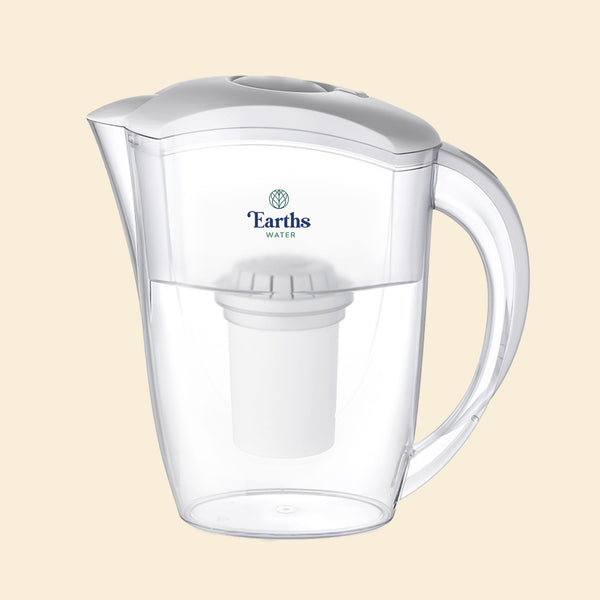
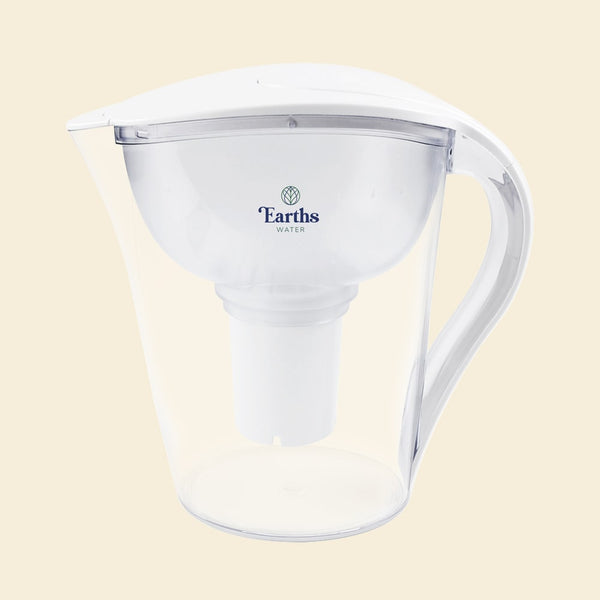
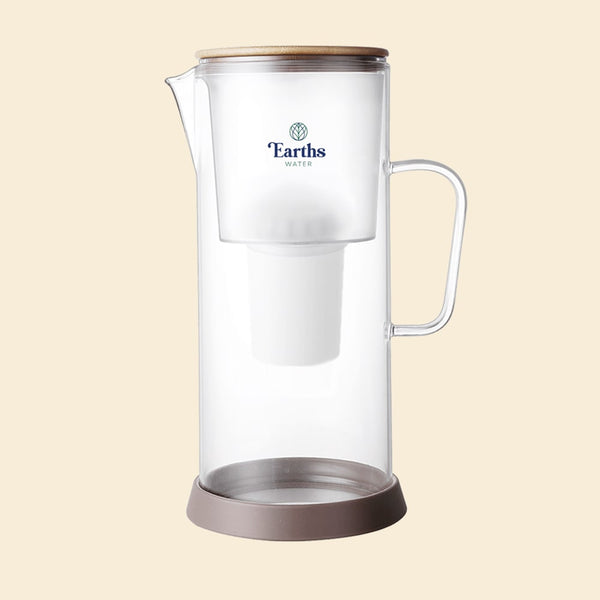
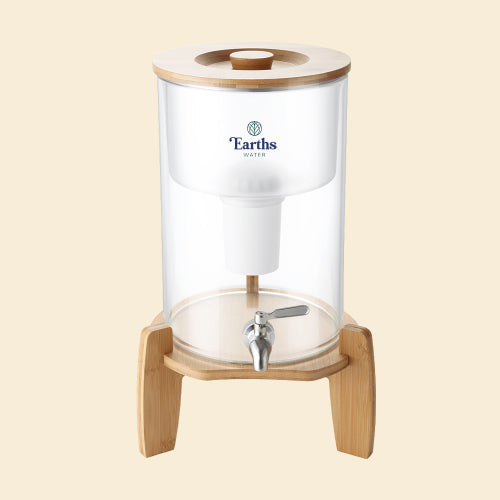

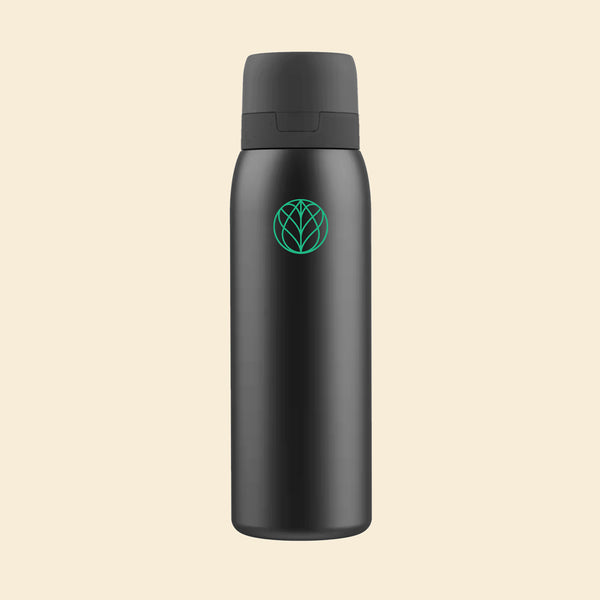


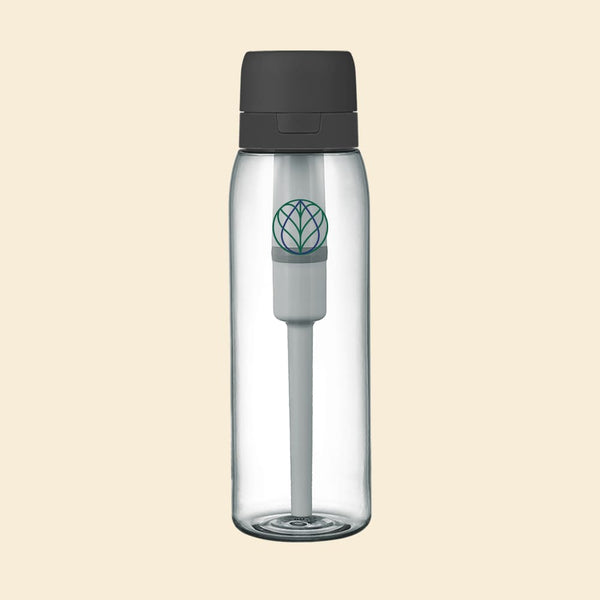
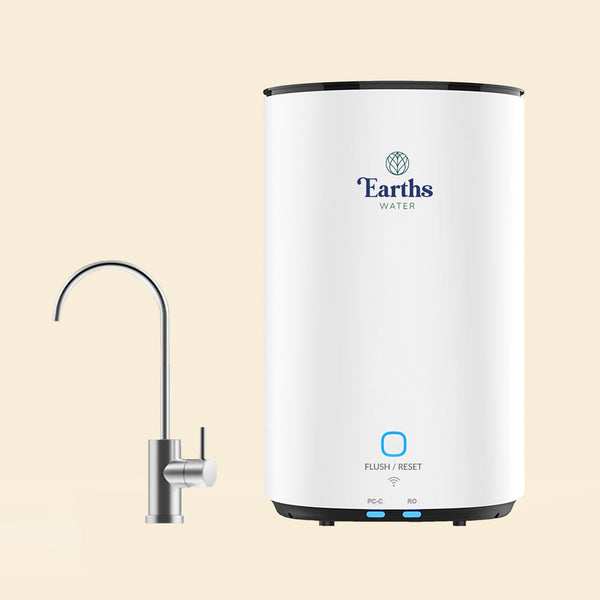
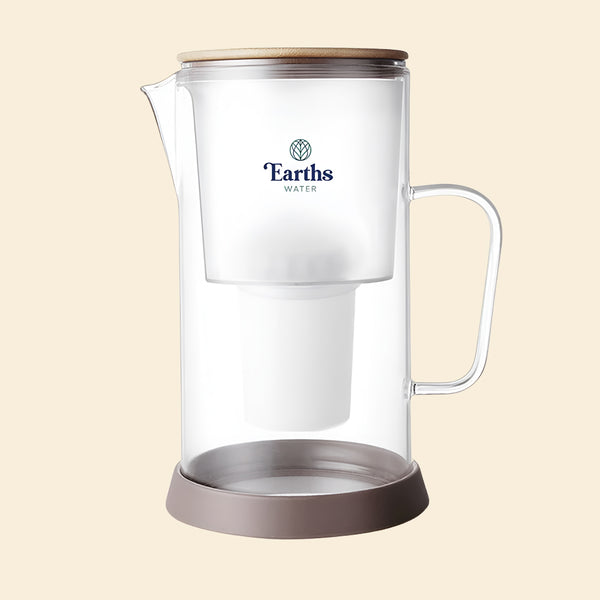
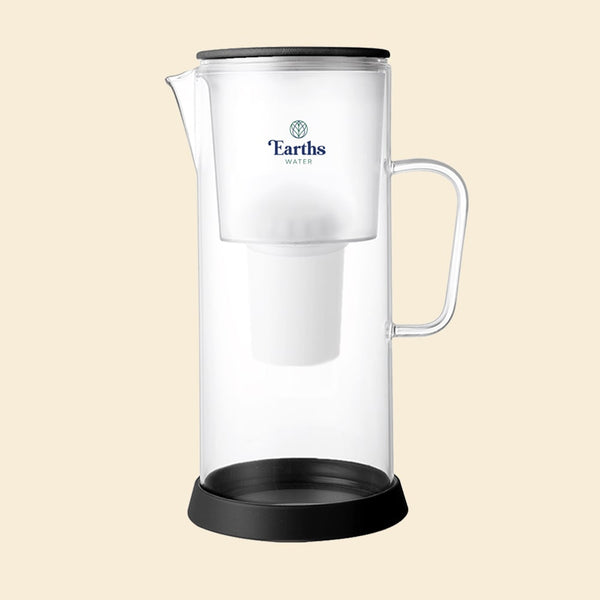

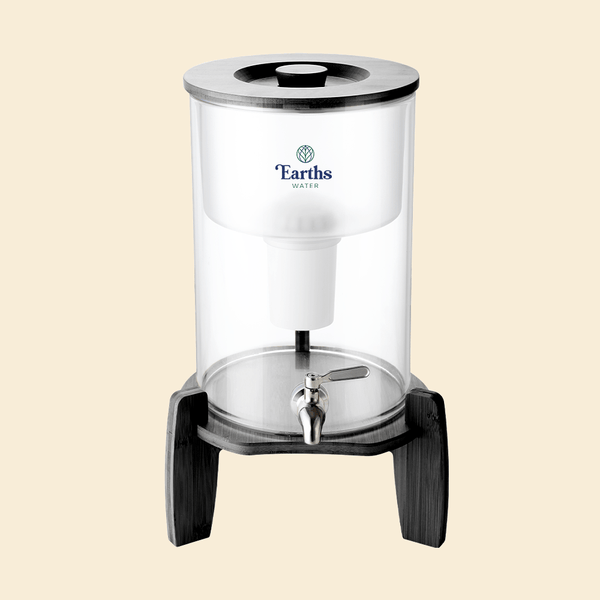
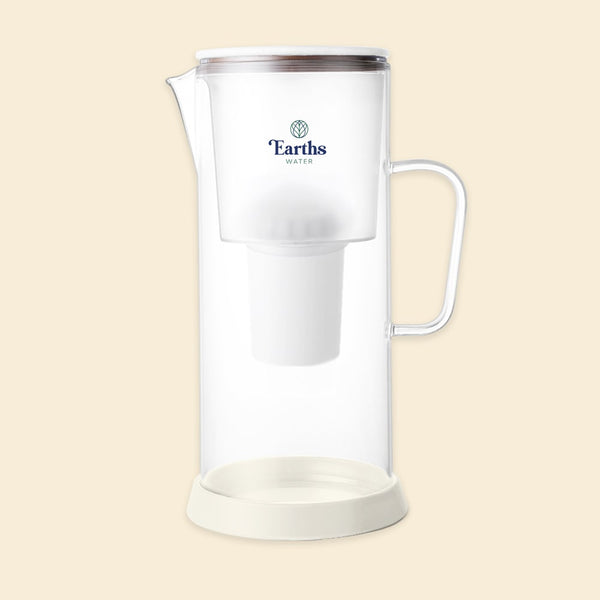
![9L Glass Benchtop Alkaline Water Filter - Eco Acacia [LIMITED EDITION]](http://earthswater.com.au/cdn/shop/files/ACACIA-BENCHTOP-FRONT-BEIGE_600x600.png?v=1743392740)
